Steph W. from SEOPressor


...help you check your website and tell you exactly how to rank higher?


85
score %
SEO Score

Found us from search engine?
We rank high, you can too.
SEOPressor helps you to optimize your on-page SEO for higher & improved search ranking.
By winniewong on March 14, 2019
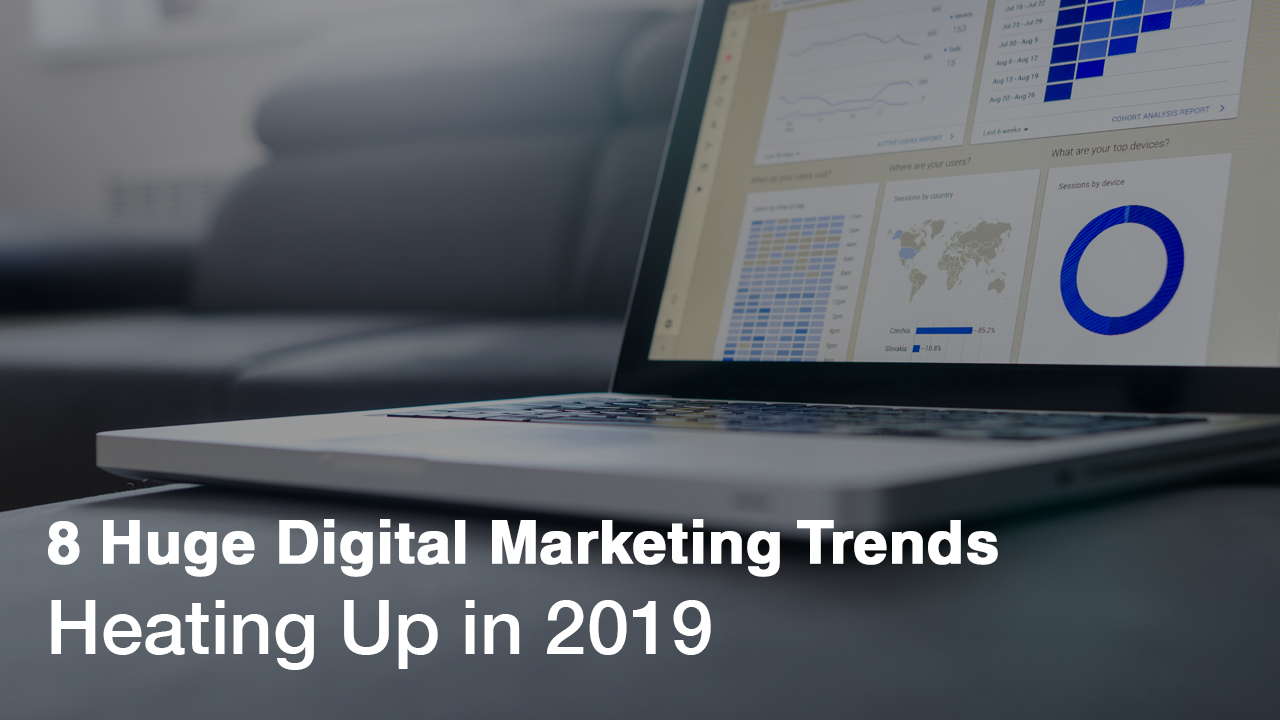
Let’s face it.
The digital marketing industry is always under constant evolution. Every now and then, you’ll see new changes being made be it by Google, Facebook, Instagram or other content marketing platforms. With cutting-edge technologies and strategies, it’s a challenge for every digital marketer to keep themselves in their toes to ensure better end results.
According to Forbes in 2018, 85% of marketers planned to increase their investment in video marketing in 2018. Another 36% said AI was the top marketing technology they wanted to bring on board in 2018. As speculated, all the trends were rising and rising fast.
2019 will be another year of many marketing firsts. It will be a year where many burgeoning digital marketing trends come into their own.
Now, if you want to be one step ahead of the curve and your competitors, make sure that you have already planned your digital marketing strategy in 2019. With that, let’s check out the 8 digital marketing trends that you should watch out for.
Personalization will continue to progress even further in 2019. The question is: Are you ready for it?
Personalization is the direction the Internet is heading. That’s not a prediction – it’s a fact.

If you’ve paid attention, the marketplace has shifted from a messaging strategy that’s “General” with promotional offers to “You”, a holistic customer experience strategy. Instead, consumers expect companies to use data to understand the context and deliver the right message at the right time, to them. They are beginning to expect a high level of personalization from almost all of the sites they interact with, regardless of industry.
Now, think about your life as a consumer. You’re sure to have stumbled upon companies that you feel don’t really know you, even when you’re a regular customer. And if they don’t know you, they don’t deserve your loyalty, right?
Whether it’s a name on your favorite Starbucks drink, personalized bracelets or a shout out on social media, consumers love knowing that they are recognized and that their experience is cared for. For those of you who are in the online business, email plays an integral role in personalization.
Generally, by adding personalization elements in your marketing strategies, you will:
In a world that is overcrowded with marketing and advertising messages and saturated digital content, personalized interaction with your consumers holds the potential to improve your ability to connect with them on a deeper level.
And those of you who prioritize individualized experience for your customers will reap the rewards in time to come.
We all know that Google has been prioritizing mobile-friendly pages in search results since 2015, and proceeded to announce that slower-loading pages will start losing out in the SERP battles.
Earlier this year, I wrote a post about the untold SEO trends in 2019 to watch for and not surprisingly, mobile-first indexing was featured as well.
Before that, let’s dive deeper into knowing what mobile-first marketing is.

This trend is characterized by an interesting shift driven by the Millenials. Because of this, marketers have to take this into account when developing strategies for mobile-first marketing.
Younger users are also found to be less attracted to extravagant ad campaigns, preferring to go for products that are cheaper, more “disposable” and perhaps more practical.
4 out of 10 online transactions are now made from mobile devices, data from Google Analytics shows. The mobile consumer journey has to be viewed on a different scale as many users are now entering the top of the sales funnel through a mobile device. That also means that it must be a convenient process for them to search for you until the moment they purchase.
Yes, building a mobile-friendly website is still very important. You need your website to adapt to mobile devices if you want to convert visitors. So, it is time for all marketers to rethink their customer journeys by adopting a mobile-first approach.
Besides being mobile-first, we are also entering a video-first world. It’s being driven by the fact that video has proven itself to be an incredibly powerful way of affecting behavior, and technology is so advanced to the point where video can take over.
However, video marketing is one of the digital trends that some companies struggle with. Some companies think you need a production team and high-tech equipment to succeed. In actuality, even small businesses can do a video marketing campaign with some basic tools inexpensively.
By 2021, videos will account for over 80% of internet traffic. Some of the best video marketing campaigns revolve around professionally-designed, branded films. But smaller business can use video streaming to engage with their audiences, bring their brand message across and display the humanistic side of their company.
Thousands of small Youtube and Facebook businesses have built audience and credibility with simple, straightforward advertising, and case studies show that video has a big impact on sales, especially for small businesses
For example, your company could field a question to your social media audience in a video. This will encourage them to like, comment, and share so you can reach a broader audience.
Some other types of video campaigns include the following:
Make sure your video content fits into your wider content strategy. You can push out the video on numerous channels, including on social media and through email. They prove to be a great way to build a personal rapport with your customer and push them further down your funnel.

With AI spending expected to reach $46 billion by 2020, according to an IDC report, there’s surely no sign of it slowing down. Seeing how huge it is going to be in the near future, adding AI to your business may be the next step as you look for ways to advance your operations and increase your performance.
It was not too long ago that artificial intelligence was only in the realm of science fiction. Fast forward to today, it has become a reality and is only growing more prominent in many different industries everyday. The most notable AI adaptation is seen on search engines and has been so for the past few years.
Businesses that aren’t harnessing the power of AI in their marketing are prone to fall behind their competition year by year. AI systems work in the background of your automated marketing campaigns. They can enhance your PPC advertising and the personalized experiences you deliver to customers.
For instance, AI can segment marketing emails based on pre-determined factors. This could include demographic information or other information from your buyer persona profiles.
AI can also analyze immense amounts of data to provide you insights into customer engagement. If you sell a software product or app, an AI-tool can analyze the customer’s usage data to determine when customers are beginning to abandon your product. The AI can then send them push notifications to attempt to re-engage. How great is that!
On websites, AI can analyze hundreds or thousands of user data points to help you place the best offers in the right locations. It can even send push notifications to specific users by recognizing their IP address or their login information.
Of course, the most obvious examples of AI usage on websites are chatbots. That brings us to our next point.
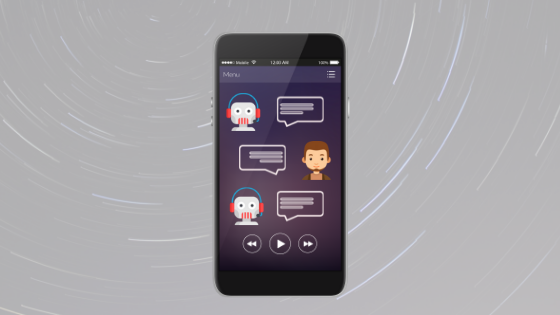
Chatbots are increasingly important messaging tools. They mimic human intelligence by being able to interpret consumer’s queries and complete orders for them. They’re mostly used by businesses in almost any context, no matter their industry or their target customer.
For businesses that market to consumers, chatbots are an easy way for them to offer fast connections and instant access. They keep brands connected with consumers 24/7.
For consumers, they’re an invaluable resource that can provide help whenever they need it.
On the B2B side, chatbots can help businesses set up appointments, provide tech support, or even answer FAQs.
Chatbots are a way to automate more of your business processes. They help you save time and money by replacing part of the sales process with AI and automation. You can install a chatbot on your website, in your app, on your software platform, or even in your brick and mortar retail store,
Of course, we’re talking about machines that interact with your human customers. There are right ways and wrong ways to use chatbots.
The general rule of thumb around chatbots is to keep things simple. Use your chatbot to complete basic tasks, like scheduling appointments or answering frequently asked questions.
On your website, your bot can retrieve basic information. They can respond to basic requests, like hours of operation or the scope of your businesses’ services. You can connect your bot to a knowledge base to make it easier for customers to find answers.
For example, personal finance companies have used chatbots to offer their users suggestions for budgeting and saving. Some hotels use chatbots as a digital concierge. These chatbots can accomplish rudimentary tasks, making it possible to represent the future of our workforce.
At the end of the day, your chatbot needs to provide value to your audience. It can be done by educating them, empowering them to make decisions, or making it easier to do certain tasks.
Like everything else, overdoing something is not advisable. Don’t overextend your chatbots. Know that your chatbot can never replace your customer service or customer experience teams.
Also, don’t trick people into chatting with your bots. Some companies make the mistake of placing an image of a human in their chatbot window. Your website visitors will recognize that you’re using a bot and become frustrated that you didn’t say so explicitly. Here, the sense of trust will be missing and the aspect of human connections will slowly disappear.
There should also be an easy transition from bot to human when needed as these machines shouldn’t be open to answering any and all questions. If a customer wants to issue a complaint, dealing with a stubborn chatbot could only exacerbate the situation.
Yes, automated systems might be able to handle regular cases. But they can’t yet adapt themselves to exceptional circumstances or even recognise that the flexibility of human intervention is needed.
On a certain level, what consumers need is not just speed and efficiency, but compassion and empathy that only humans can provide.
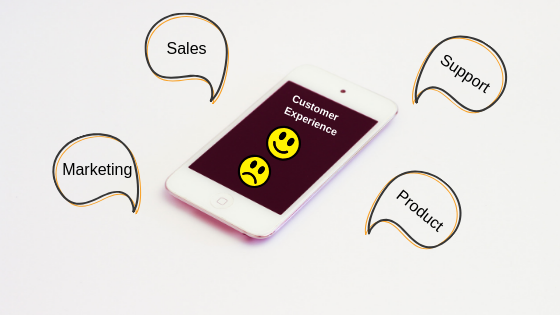
While most of the hottest digital marketing trends have to do with technology, some are more about business philosophy.
The term “customer experience” evolved from traditional customer service initiatives. Instead of simply providing solutions, customer experience representatives look at the customer journey holistically. The customer experience touches every part of your brand.
A customer experience is what happens when a customer interacts with your business. As a whole, CX spans the entire customer lifecycle.
Customer experience revolves around the perception a customer has of your brand. For example, if your customer has a positive experience with your brand during the buying phase but a poor one after they’ve purchased, this will affect your overall customer experience.
Even if you have a high-quality product or service, you can still unknowingly neglect the customer experience. If you hire customer service representatives, they need to be happy and enthusiastic about your product or service. They also need to be empathetic to your customers’ needs.
That means your customer experience is derived from numerous sources. Everything, from your customer service channels to your company culture, affects it. If you find that your customer service representatives are apathetic, it could be as simple as increasing benefits and hiring new representatives.
Keep in mind that a customer’s perception of your company is fragile. You’ll need to create a customer experience strategy from the top of your organization down if you want to close and retain plenty of customers.
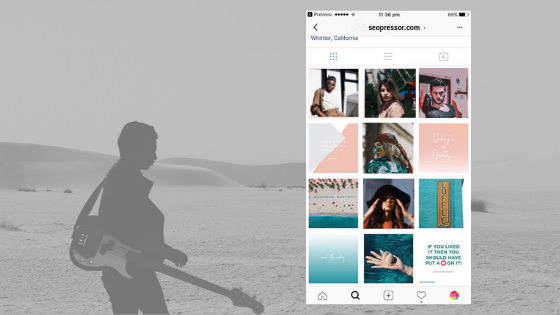
Everyone knows social media influencers play a big role in creating viral marketing campaigns.
But many companies don’t realize that there are much more influencers out there than just celebrities. There are thousands of niches on social media. Each one has their own micro-cultures and their own celebrities.
If you can’t afford for an A-list celebrity to take over your company’s Instagram account, finding these influencers may be your best way to reach your audience. There are now platforms that can help you hook up with influencers to sign long-term contracts. Clearly, the influencers you choose should appeal to your target customers.
Once you’ve made a deal with an influencer, there are multiple ways they can expand your brand’s reach. For example, they can:
To pull these off, Instagram will remain a key influencer in this marketing channel. Just last year, Techcrunch reported that the globally famous app reached one billion monthly active users and is expected to continue to grow. Imagine how many people you will be reaching if things were done right!
If your current social media strategy is stale, who knows if influencers may be able to spice things up. No harm trying!
Verbal interaction is going up thanks to Siri, Google, Alexa, Amazon, Bixby and a host of other “smart” devices. Such searches are on the increase — back in May 2016, Google CEO Sundar Pichai stated that 20% of queries on its mobile app and on Android devices were voice searches.
That was in 2016. Imagine how much the figure will add up a few years later.
Seeing this figure, it doesn’t take long for voice search to outnumber typed searches. It’s only a matter of time.
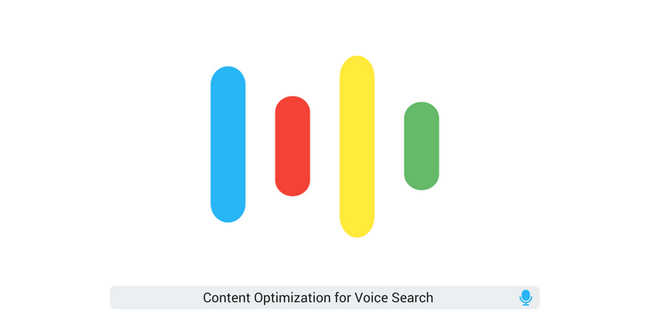
Hint: Voice search relies on featured snippets.
The increasing use of voice search has made it a point where companies have to rethink their digital marketing strategies in 2019 and beyond. If companies ignore voice search, they voluntarily choose to ignore a new source of revenue. I’m sure we all don’t want that happening to us.
The dependence on featured snippets will only grow the value – and competition of these snippets, or better known as position 0. If you are not familiar with the terms mentioned above, we have a whole new article dedicated to ranking for position 0.
For someone that wants to increase their revenue and sales, voice search offers a smart way to do it – it’s only a matter of bringing voice search optimization into your digital marketing strategy.
After going through these 8 digital marketing trends, it’s pretty obvious that the digital revolution has shaken marketing to its core.
Before that, did you notice anything similar in 8 of the points stated above?
User empowerment.
Digital technology has put the customer in charge, creating a fundamental shift in the dynamics of marketing. Personalization, mobile-first marketing, customer experience and the rest of it shows how important our consumers can be to our businesses.
It’s easy to fall into the same old habits when it comes to marketing. But businesses that don’t harness innovative new technologies and approaches risk falling behind their competitors.
If you’re preparing for your company next chapter in digital marketing, take a dive into the latest digital marketing trends.
Many of these trends have one thing in common: They all lead back to your website.
If you’re ready to take control of your search ranking, SEOPressor can provide you with a sitewide SEO analysis and the tools you need to rank. Sign up for SEOPressor now to see everything you need to optimize in just one glance.
Remember, your website is the online face of your company, organization, products, or brand. A bad website will turn off potential consumers, whereas an outstanding website will create new and loyal customer base. Everything else builds from your website — and leads back to it.
Don’t take it for granted. Go forth and master these digital marketing trends today. I’ll see you at the top.
Should you have further discussions on 2019’s digital marketing trends, feel free to drop a comment below. I’d be more than happy to strike up a discussion!
Updated: 9 December 2025


Save thousands of dollars (it’s 100x cheaper)

Zero risk of Google penalty (it’s Google-approved)

Boost your rankings (proven by case studies)
Rank High With This Link Strategy
Precise, Simplified, Fast Internal Linking.
